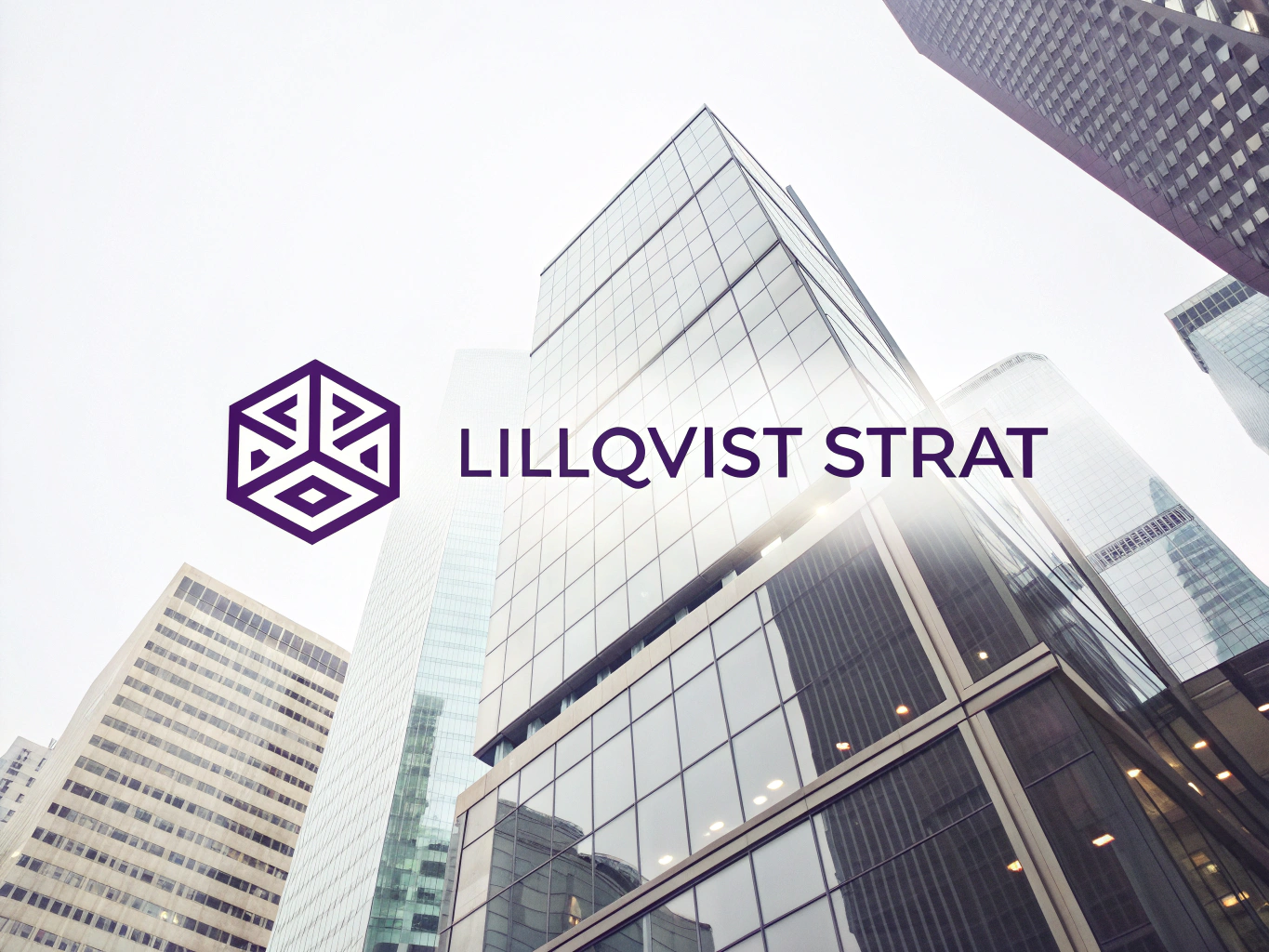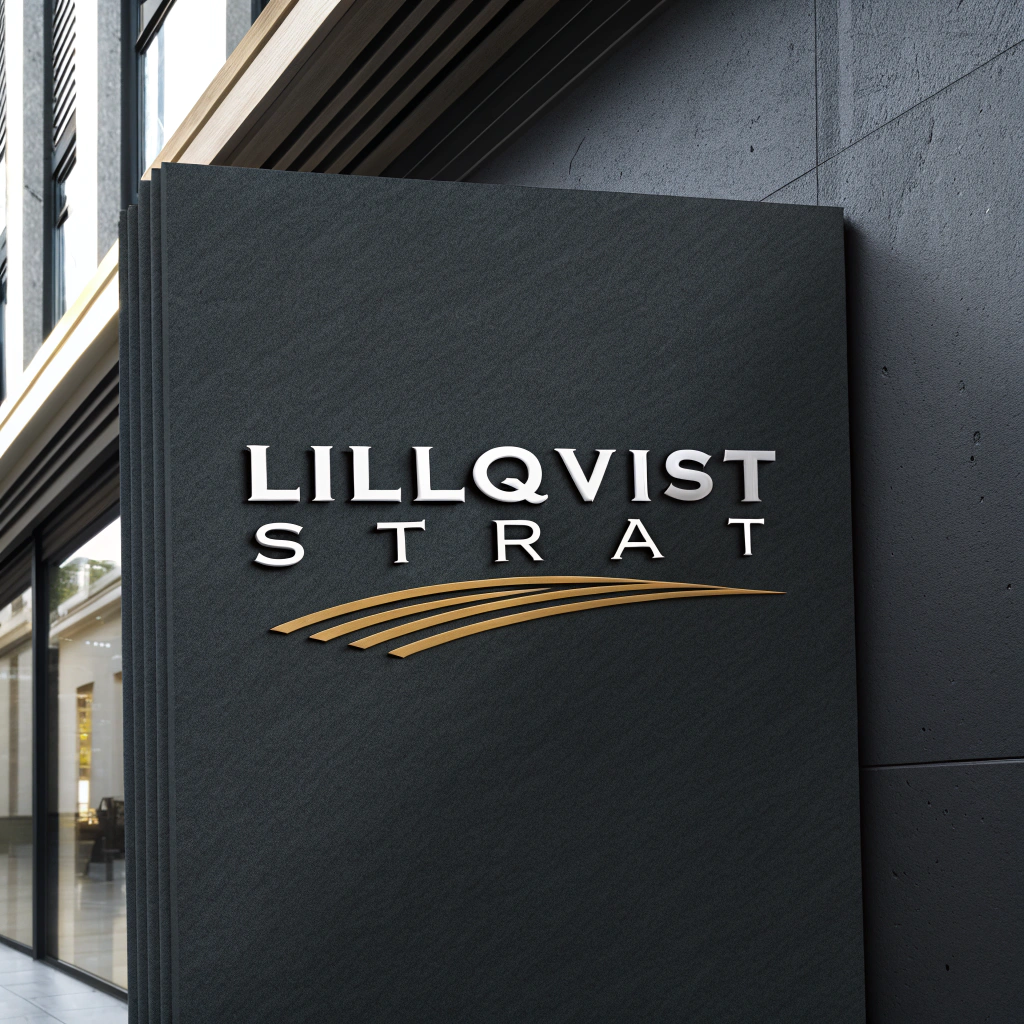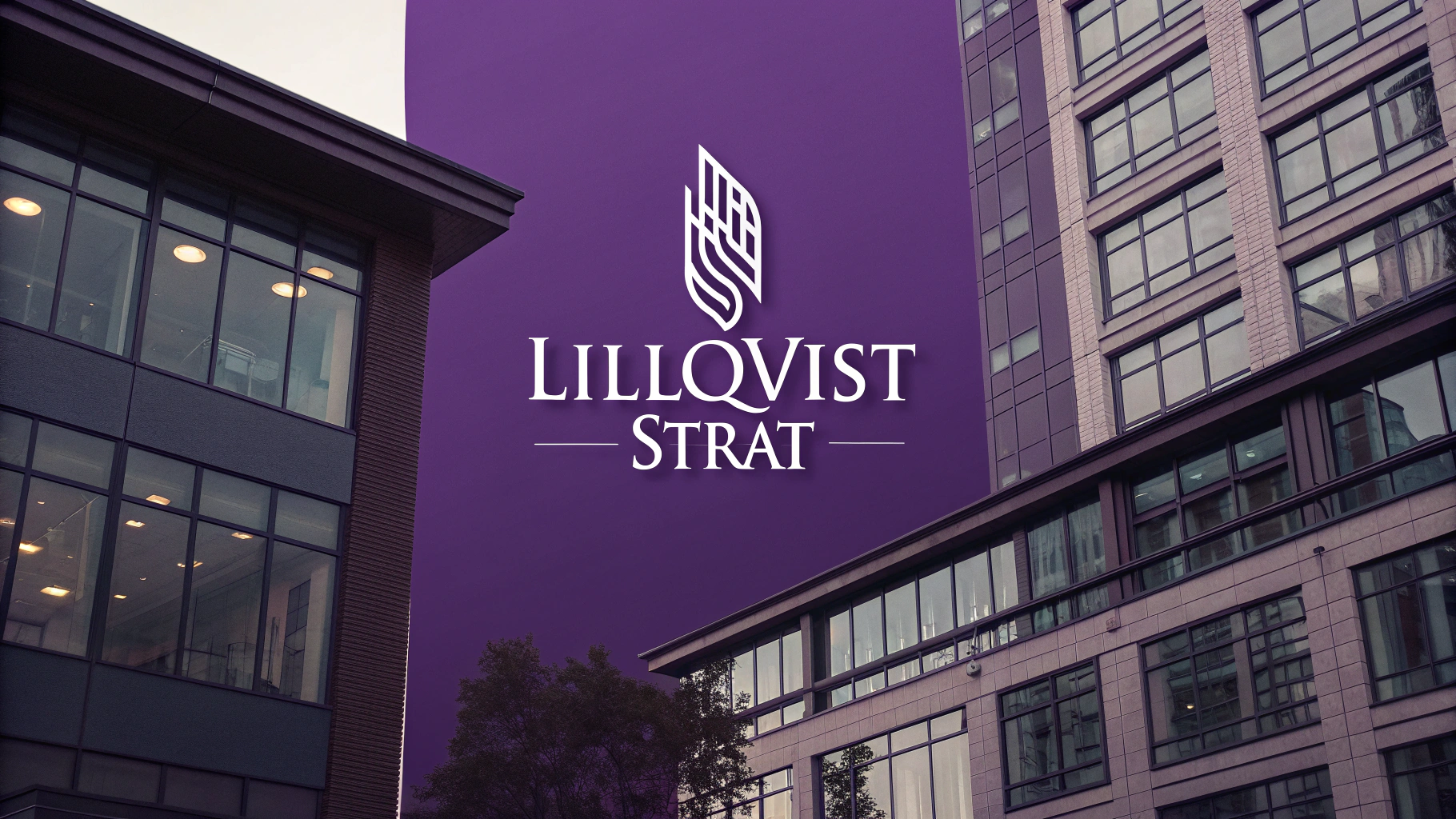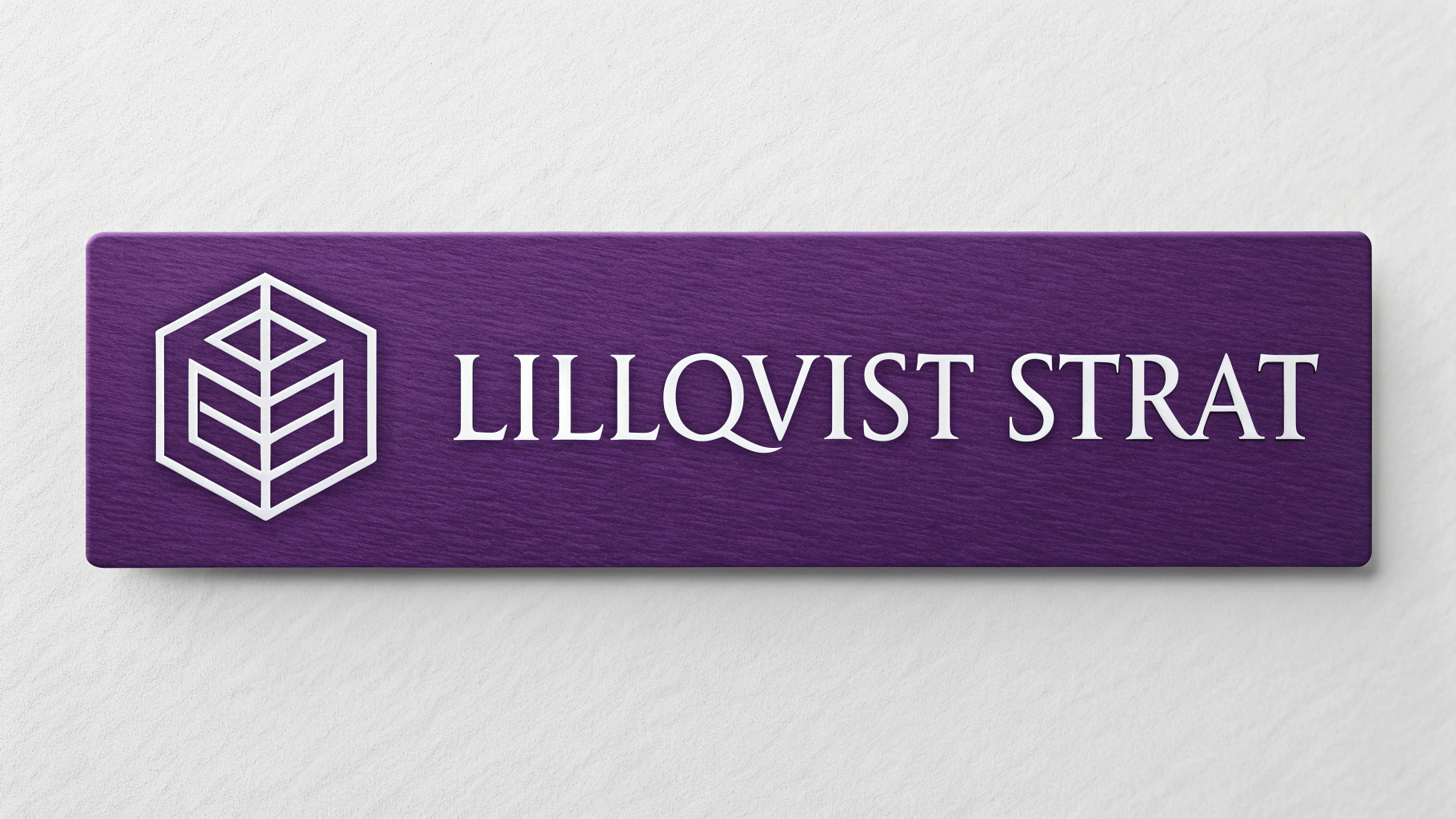Unlocking the Power of AI to Boost Engagement
In today’s digital world, email marketing is still one of the most effective ways to reach customers. However, the key to maximizing its potential lies in personalization. Gone are the days of generic email blasts. Customers now expect tailored experiences, and brands that deliver hyper-personalized emails stand out. This is where AI-powered email campaign automation comes into play. By automating personalized email sequences based on customer behaviors and preferences, businesses can drive higher engagement, improve conversion rates, and save valuable time.
At Lillqvist Strat, we specialize in implementing smart, AI-driven marketing strategies that help businesses automate email marketing and improve customer relationships. In this article, we’ll explore how hyper-personalized email campaigns can be automated using AI, the benefits of leveraging customer data for campaign optimization, and how businesses can save time while increasing engagement.
Automating Personalized Email Sequences Based on Customer Behavior
The foundation of hyper-personalized email marketing is customer behavior. By analyzing customer actions—whether it’s browsing a website, abandoning a cart, or making a purchase—AI can generate highly relevant, timely, and personalized content for each email. The beauty of this is that the emails aren’t just personalized with the customer’s name; they are specifically crafted based on individual preferences, browsing history, and interactions with your brand.
For example, if a customer abandons a shopping cart, the AI system can trigger a series of emails that guide them back to complete the purchase. These emails could start with a gentle reminder, followed by an incentive like a discount, and then personalized product recommendations based on the items left behind.
With automation in place, these personalized emails can be sent automatically without requiring manual effort, freeing up valuable time for marketing teams. The best part? These emails are sent at optimal times for each individual recipient, maximizing the chances of conversion.
Example Code: Automating Personalized Email Sequences
Here’s an example of how you might use Python and AI to automate personalized email sequences based on customer behavior:
import smtplib
from email.mime.text import MIMEText
from datetime import datetime
import pandas as pd
# Sample customer data: Behavior and email preferences
customers = pd.DataFrame({
'customer_id': [1, 2, 3],
'name': ['John', 'Jane', 'Mike'],
'email': ['john@example.com', 'jane@example.com', 'mike@example.com'],
'last_purchase': ['2025-01-15', '2025-01-20', '2025-01-10'],
'abandoned_cart': [True, False, True],
'preferences': ['Tech', 'Fashion', 'Books']
})
# Function to send personalized emails
def send_email(customer_id, subject, message):
customer = customers.loc[customers['customer_id'] == customer_id]
email = customer['email'].values[0]
msg = MIMEText(message)
msg['Subject'] = subject
msg['From'] = 'sales@yourstore.com'
msg['To'] = email
# Connect to SMTP server
with smtplib.SMTP('smtp.example.com') as server:
server.login('yourusername', 'yourpassword')
server.sendmail('sales@yourstore.com', email, msg.as_string())
print(f"Email sent to {email}")
# Trigger email for abandoned carts
for customer_id, data in customers.iterrows():
if data['abandoned_cart']:
message = f"Hi {data['name']}, we noticed you left some items in your cart. Come back and complete your purchase! Based on your preference for {data['preferences']}, we think you'll love these items."
send_email(data['customer_id'], "Don't Miss Out on Your Items!", message)In this code, we automate emails for customers who have abandoned their carts. The message is personalized based on their name and product preferences. This system can easily be extended to send follow-up emails, discount offers, and more based on the customer’s behavior.
Using AI to Predict the Best Time and Content for Each Email
Timing and relevance are the key components of successful email marketing. AI can predict the best time to send emails based on a customer’s past behavior, ensuring that the emails are received when the customer is most likely to engage. Whether it’s an email sent at noon on a workday or during the weekend, AI can optimize the delivery timing to match customer preferences.
Furthermore, AI can predict the content that will resonate best with each recipient based on their previous interactions with your brand. By analyzing past purchases, email open rates, and click-through behavior, AI can identify the types of offers or products that are most likely to lead to a conversion. This means that the content of your emails is not just personalized, but optimized for each individual recipient.
Example Code: Predicting Email Send Time and Content Optimization
from sklearn.linear_model import LogisticRegression
import numpy as np
# Sample customer behavior data (time of day they engage, past purchase, email open rates)
customer_data = {
'customer_id': [1, 2, 3],
'last_purchase_hour': [14, 9, 18], # Time of last purchase in 24-hour format
'open_rate': [0.3, 0.6, 0.5], # Open rate of last email
'purchase_category': ['Tech', 'Fashion', 'Books']
}
# Convert to DataFrame
customer_df = pd.DataFrame(customer_data)
# Example of using logistic regression to predict the best time to send an email based on previous engagement
X = customer_df[['last_purchase_hour', 'open_rate']] # Features: purchase hour and email open rate
y = [1, 0, 1] # Labels: 1 for positive engagement, 0 for less engagement
model = LogisticRegression()
model.fit(X, y)
# Predict best time to send an email
for _, row in customer_df.iterrows():
prediction = model.predict([[row['last_purchase_hour'], row['open_rate']]])
best_time = 'morning' if prediction == 0 else 'afternoon' # Example: morning or afternoon
print(f"Best time to send email to {row['purchase_category']} customer: {best_time}")In this example, we predict the optimal time to send an email based on customer behavior data using logistic regression. We also demonstrate how to optimize content by analyzing previous engagement, ensuring the right message is sent to the right person at the right time.
Saving Time and Increasing Engagement by Creating Highly Targeted Campaigns
One of the biggest advantages of automating hyper-personalized email campaigns is that it saves time while simultaneously increasing engagement. AI ensures that emails are sent at the optimal time with the most relevant content, removing the need for marketers to manually segment customers or schedule emails.
Furthermore, AI can automatically adjust campaigns based on real-time data. For example, if a customer interacts with a particular email or makes a purchase, the system can trigger follow-up emails or alter the campaign in real-time to reflect the new data.
By automating the process, you can also ensure consistency in communication across different touchpoints, increasing the likelihood of a sale and improving customer retention.
The Future of Email Marketing with AI
Hyper-personalized email campaign automation is no longer a futuristic concept—it’s a reality that businesses can leverage today. By using AI to automate personalized email sequences, predict optimal send times, and optimize content for each customer, businesses can improve engagement, increase conversions, and save valuable time.
At Lillqvist Strat, we help businesses implement AI-driven email marketing automation to ensure they stay ahead of the curve. While it might seem like a lot of work to implement these systems on your own, our expertise allows us to quickly and effectively integrate these powerful tools into your marketing strategy. Reach out to us today to find out how we can help you streamline your email campaigns and create truly personalized customer experiences.

Lillqvist Strat consults on business developement, software projects, automation, SOPs, analytical tools and more.
Contact me today to get started on our journey to higher profits, more revenue and happier employees!
Go to Contact now



